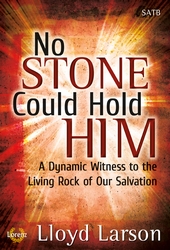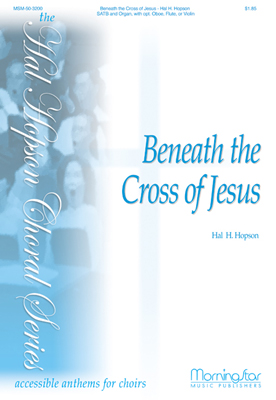In the first stanza of this hymn, the cross is depicted as a desert oasis – a stop along the way where we can recover from the stress of life. The second stanza reminds us of the great cost of that oasis – Jesus suffered and died a tortuous death because of His great love for us – and how little we are worth in comparison. The last stanza echoes what Paul wrote to the Philippians: “whatever gain I had, I counted as loss for the sake of Christ. Indeed, I count everything as loss because of the surpassing worth of knowing Christ Jesus my Lord” (Philippians 3:7-8a, ESV).
Text:
Elizabeth C. Clephane (1830-1869) wrote this hymn. Of the eight of her hymns that were published posthumously between 1872 and 1874 in Family Treasury, a Scottish Presbyterian magazine, this is one of the first group to appear.
The second line of the hymn contains an archaic expression that is rarely changed: “I fain would take my stand.” Worship and Rejoice has a modernized version of the line: “I gladly take my stand.” Another notable line is the fourth line of the third stanza, “Content to let the world go by,” which is often seen as escapist, but it could also be seen as an admission of the true worth of this world, which will pass away.
The first stanza describes the meaning of the cross, the second, the meaning of the One who died there, and the third, the great difference in worth between the two.
Tune:
This hymn is always sung to ST. CHRISTOPHER, which was written for this text by Frederick C. Maker for the 1881 Supplement to the Bristol Tune Book. The name of the tune is also the name of the patron saint of travelers, but it is not known if that connection was deliberate or accidental.
The tune and its harmonization are very chromatic, and though the last phrase begins with an augmented fourth – a difficult interval for congregations to sing – its top note feels like a continuation of the ascending scale of the previous phrase. (Paul Westermeyer, Let the People Sing, p. 257)
When/Why/How:
This hymn is usually sung during Lent or Holy Week. It would also be a good choice for those occasions when a congregation is going through a difficult time, perhaps dealing with a tragedy to one of their members, because it reminds us where to find strength and rest.
A simple choral setting of this hymn suitable for small choirs can be found in "Hymns We Love to Sing", with an original refrain after the second and third stanzas. The collection "The Road to Redemption" includes an organ and piano duet setting of ST. CHRISTOPHER. For a trumpet solo based on this hymn, look in "Trumpet Stylings" by Jack Schrader. A moderately difficult violin solo, "Beneath the Cross/Jesus, I My Cross Have Taken" is expressive, but requires the frequent use of double stops.
Tiffany Shomsky,
Hymnary.org


 My Starred Hymns
My Starred Hymns










